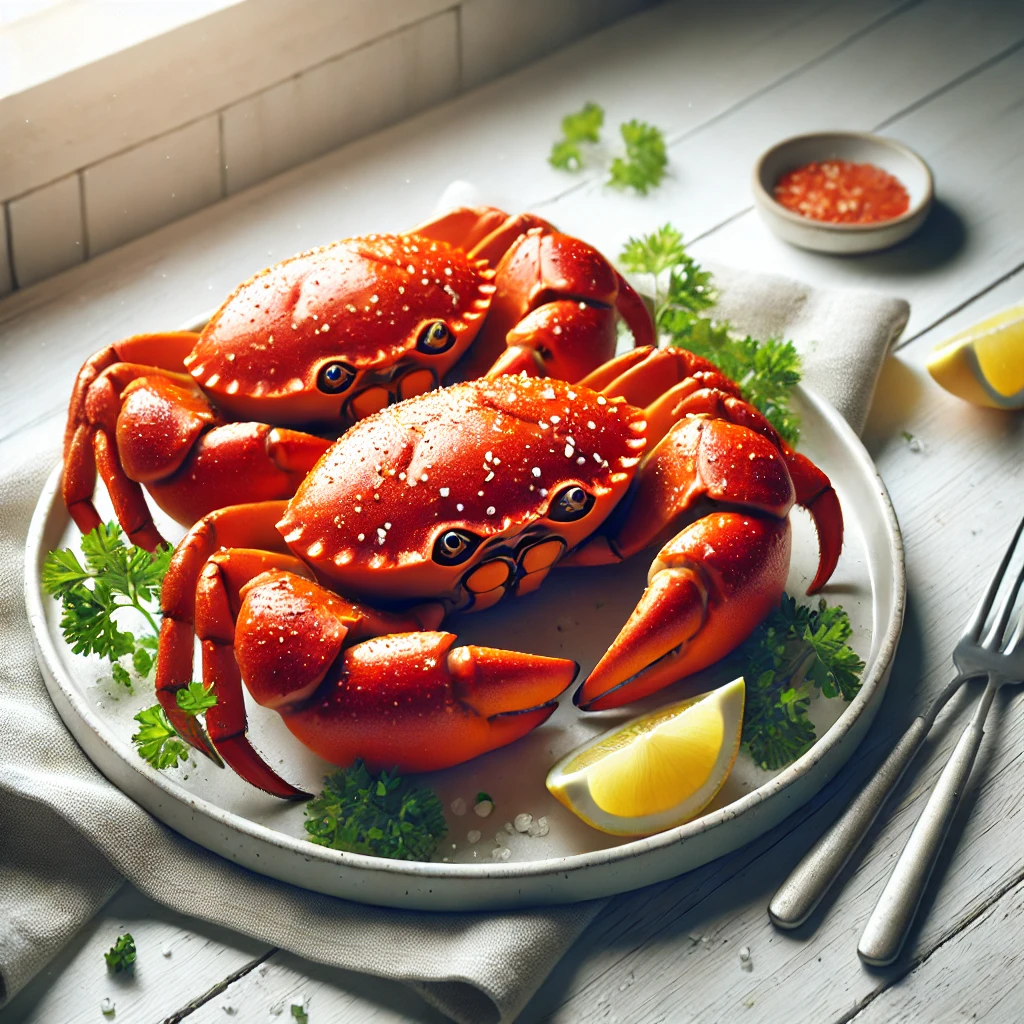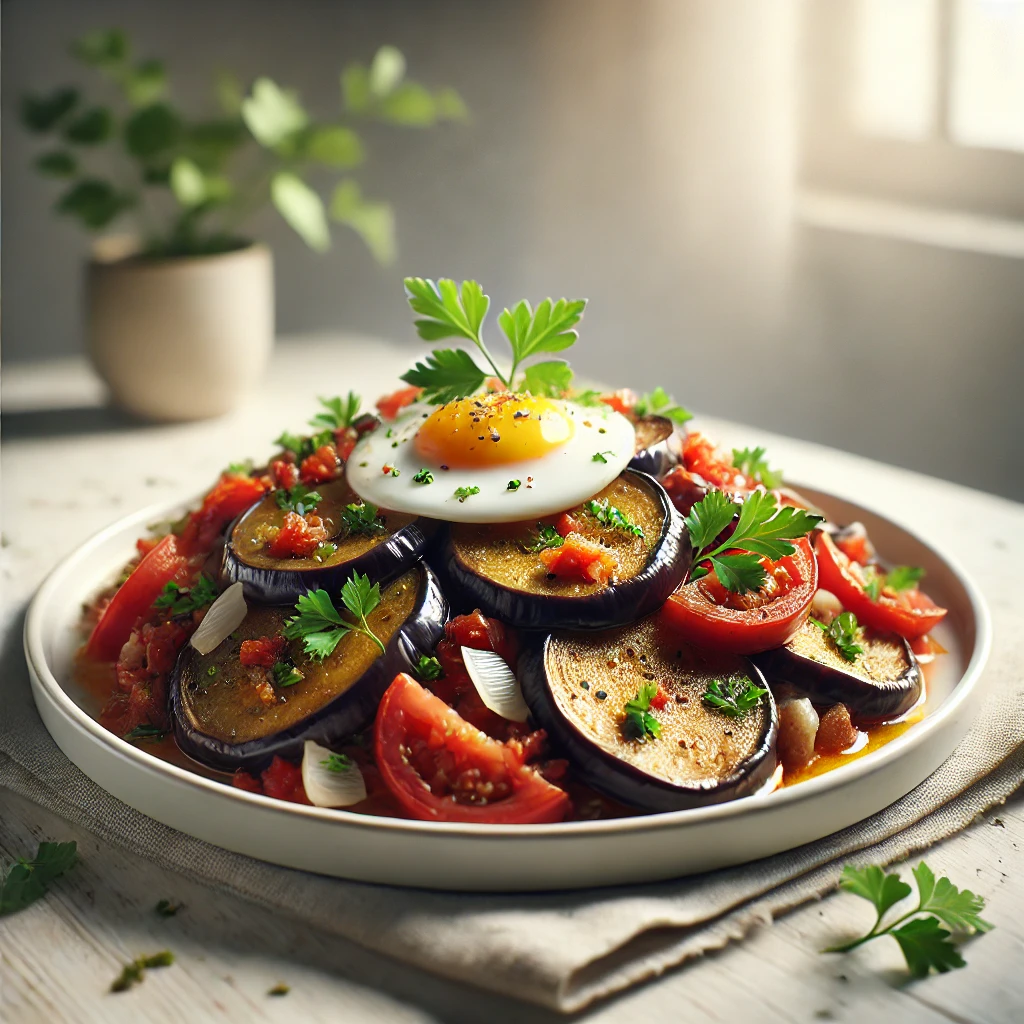Have you ever tasted a crab dish so unique, it feels like you’ve discovered a hidden treasure of the sea? Let me introduce you to Curacha, a culinary gem from the vibrant city of Zamboanga in the Philippines. This extraordinary crab dish is not just a meal; it’s an adventure for your taste buds and a journey into the heart of Filipino coastal cuisine.
Imagine sinking your teeth into succulent crab meat, infused with a perfect blend of local spices and coconut milk. The rich, creamy sauce envelops each morsel, creating a symphony of flavors that dance on your palate. That’s the magic of Curacha, a dish that captures the essence of Zamboanga’s culinary heritage.
Curacha, also known as the “spanner crab” or “red frog crab,” is a species native to the waters surrounding Zamboanga. Its name comes from the Spanish word “cucaracha,” meaning cockroach, due to its reddish-brown color and unique shape. But don’t let the name fool you – this crab is a delicacy that seafood lovers dream about.
What makes Curacha truly special is not just its distinctive taste, but also its cultural significance. In Zamboanga, this dish is more than food; it’s a celebration of the region’s bountiful marine resources and a testament to the ingenuity of local cooks who have perfected this recipe over generations.
For those with dietary concerns, it’s worth noting that while Curacha is not vegetarian or vegan-friendly, it is naturally gluten-free. The recipe we’ll explore today is also dairy-free, making it suitable for those with lactose intolerance.
So, are you ready to embark on a culinary journey to Zamboanga? Let’s dive into the world of Curacha and learn how to bring this exotic flavors to your own kitchen!
Recipe Ingredients
Before we start cooking, let’s gather all the ingredients we’ll need to create this mouthwatering Curacha dish. Here’s a comprehensive list:
| Ingredient | Quantity |
|---|---|
| Curacha crabs | 2 kg (about 4-5 medium-sized crabs) |
| Coconut milk | 2 cups |
| Coconut cream | 1 cup |
| Red onions | 2 medium, finely chopped |
| Garlic | 6 cloves, minced |
| Ginger | 2-inch piece, julienned |
| Red chili peppers | 2-3, sliced (adjust to taste) |
| Lemongrass | 2 stalks, bruised |
| Turmeric powder | 1 teaspoon |
| Fish sauce | 2 tablespoons |
| Calamansi juice | 2 tablespoons (or lime juice as substitute) |
| Salt | To taste |
| Black pepper | To taste |
| Vegetable oil | 2 tablespoons |
| Water | 1 cup |
Substitution suggestions:
- If Curacha crabs are not available, you can use mud crabs or blue crabs as alternatives.
- For a vegetarian version, consider using king oyster mushrooms or jackfruit as a crab substitute.
- If you can’t find calamansi, lime juice works well as a substitute.
Recipe Instructions
Now that we have all our ingredients ready, let’s dive into the cooking process. Follow these steps to create your very own authentic Curacha dish:
- Prepare the crabs:
- Clean the Curacha crabs thoroughly under running water.
- Remove the gills and cut each crab into quarters.
- Set aside.
- Sauté the aromatics:
- Heat vegetable oil in a large wok or deep pan over medium heat.
- Add chopped onions and sauté until translucent (about 2-3 minutes).
- Add minced garlic and julienned ginger. Cook for another 1-2 minutes until fragrant.
- Add the spices:
- Stir in the turmeric powder and sliced chili peppers.
- Add the bruised lemongrass stalks.
- Cook for 1 minute to release the flavors.
- Introduce the crab:
- Add the prepared Curacha crab pieces to the pan.
- Stir-fry for 2-3 minutes, ensuring the crabs are well-coated with the spices.
- Pour in the liquids:
- Add coconut milk, coconut cream, and water to the pan.
- Bring the mixture to a gentle simmer.
- Season the dish:
- Add fish sauce, calamansi juice, salt, and black pepper.
- Stir well to combine all the flavors.
- Simmer and cook:
- Reduce heat to low and cover the pan.
- Let the crabs simmer in the sauce for 15-20 minutes, or until they turn bright red and the meat is cooked through.
- Finish and serve:
- Taste and adjust the seasoning if needed.
- Remove the lemongrass stalks.
- Transfer the Curacha to a serving dish, pouring the rich sauce over the crabs.
- Garnish with additional sliced chili peppers and chopped cilantro if desired.
Recipe Tips & Variations
To ensure your Curacha dish turns out perfect every time, here are some helpful tips and exciting variations to try:
Tips for Success:
- When cleaning the crabs, be careful of their sharp claws and shell edges.
- Don’t overcook the crabs, as this can make the meat tough. They’re done when the shells turn bright red.
- For a thicker sauce, you can simmer uncovered for a few extra minutes at the end of cooking.
- Serve with plenty of steamed rice to soak up the delicious sauce.
Exciting Variations:
- Spicy Curacha: Double the amount of chili peppers for a fiery kick.
- Herbal Curacha: Add a handful of Thai basil leaves during the last 2 minutes of cooking for an aromatic twist.
- Curacha Aligue: Incorporate crab roe (aligue) into the sauce for an even richer flavor.
- Curacha with Vegetables: Add sliced bell peppers and string beans during the last 5 minutes of cooking for added nutrition and texture.
Storage Instructions:
Curacha is best enjoyed fresh, but if you have leftovers, store them in an airtight container in the refrigerator for up to 2 days. Reheat gently on the stovetop, adding a splash of water if needed to thin the sauce.
Nutritional Information
While Curacha is undoubtedly a treat for your taste buds, it’s also good to be aware of its nutritional content. Here’s an approximate breakdown per serving (assuming 4 servings from this recipe):
| Nutrient | Amount per Serving |
|---|---|
| Calories | 450 |
| Protein | 28g |
| Fat | 32g |
| Carbohydrates | 12g |
| Fiber | 2g |
| Sodium | 800mg |
Please note that these values are estimates and may vary based on the exact ingredients and portions used.
Conclusion
As the rich aroma of spices and coconut fills your kitchen, and you take that first bite of your homemade Curacha, I hope you feel transported to the sunny shores of Zamboanga. This dish is more than just a meal; it’s a celebration of Filipino coastal cuisine, a testament to the bounty of the sea, and a delicious way to explore a new culture through food.
I remember the first time I tasted Curacha during a trip to Zamboanga. The explosion of flavors, the tender crab meat, and the creamy sauce left an indelible mark on my culinary memory. It’s a dish that truly captures the essence of its origin – vibrant, complex, and utterly unforgettable.
Now it’s your turn to experience this culinary delight. I invite you to roll up your sleeves, gather the ingredients, and bring a taste of Zamboanga to your own dining table. Don’t be intimidated by the unique ingredients or techniques – cooking is all about exploration and enjoyment.
As you savor your Curacha, think about the generations of cooks who have perfected this recipe, the fishermen who brave the seas to catch these special crabs, and the rich cultural tapestry that has given birth to such a remarkable dish.
I’d love to hear about your Curacha-cooking adventure! Did you try any variations? How did your family and friends react to this exotic dish? Share your experiences, photos, and any questions you might have. Your feedback not only helps me improve the recipe but also inspires other food enthusiasts to embark on their own culinary journeys.
And if you enjoyed this foray into Filipino cuisine, why not explore more? From the hearty Kare-Kare of Pampanga to the zesty Bicol Express, there’s a world of flavors waiting for you in the Philippines. Stay tuned for more recipes that will take your taste buds on a journey across the archipelago.
Remember, cooking is not just about following a recipe – it’s about creating memories, sharing love, and exploring the world through flavors. So, gather your loved ones, set the table, and get ready to create your own Curacha story. Bon appétit, or as they say in the Philippines, “Kain na tayo!” (Let’s eat!)
Disclaimer: This recipe is based on traditional methods and ingredients used up to 2019. Cooking times and temperatures may vary depending on your equipment. Please ensure all seafood is cooked thoroughly before consuming. If you notice any inaccuracies in this post, please report them so we can correct them promptly.




